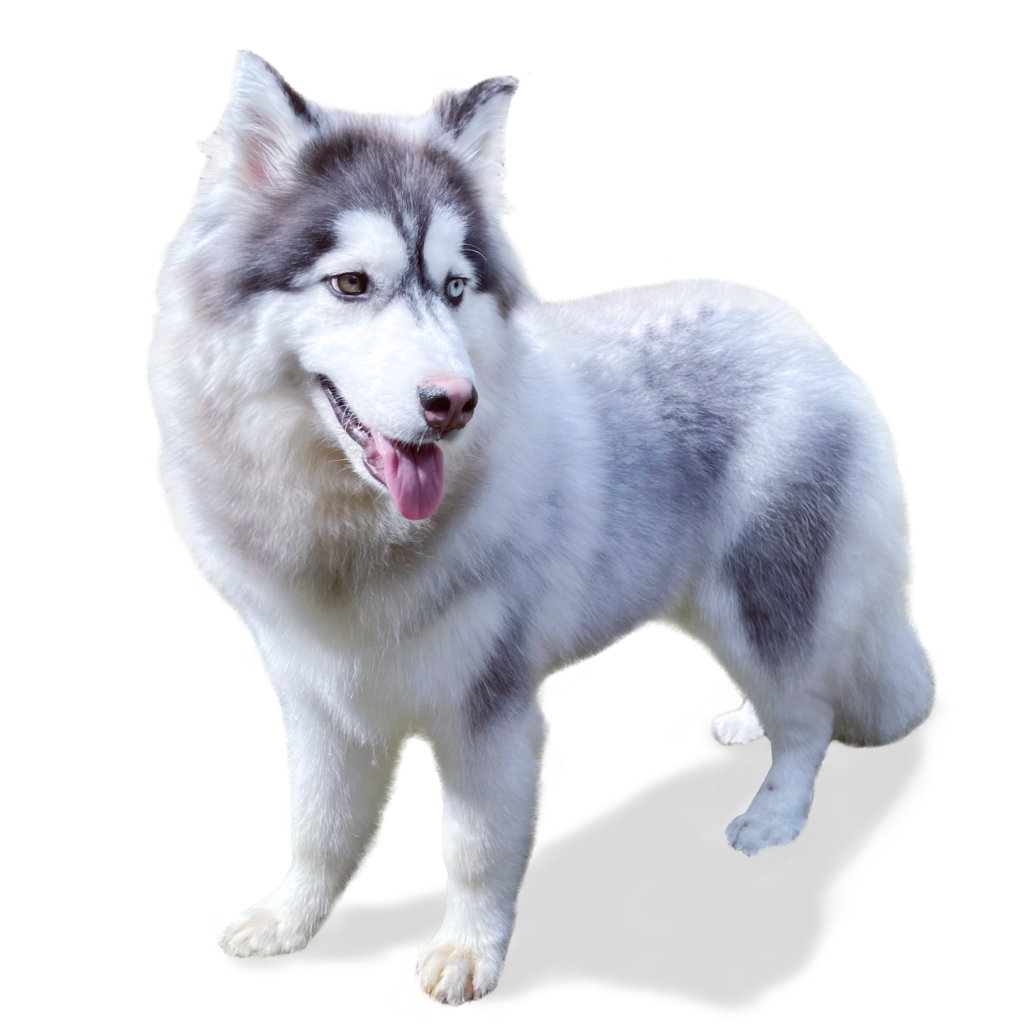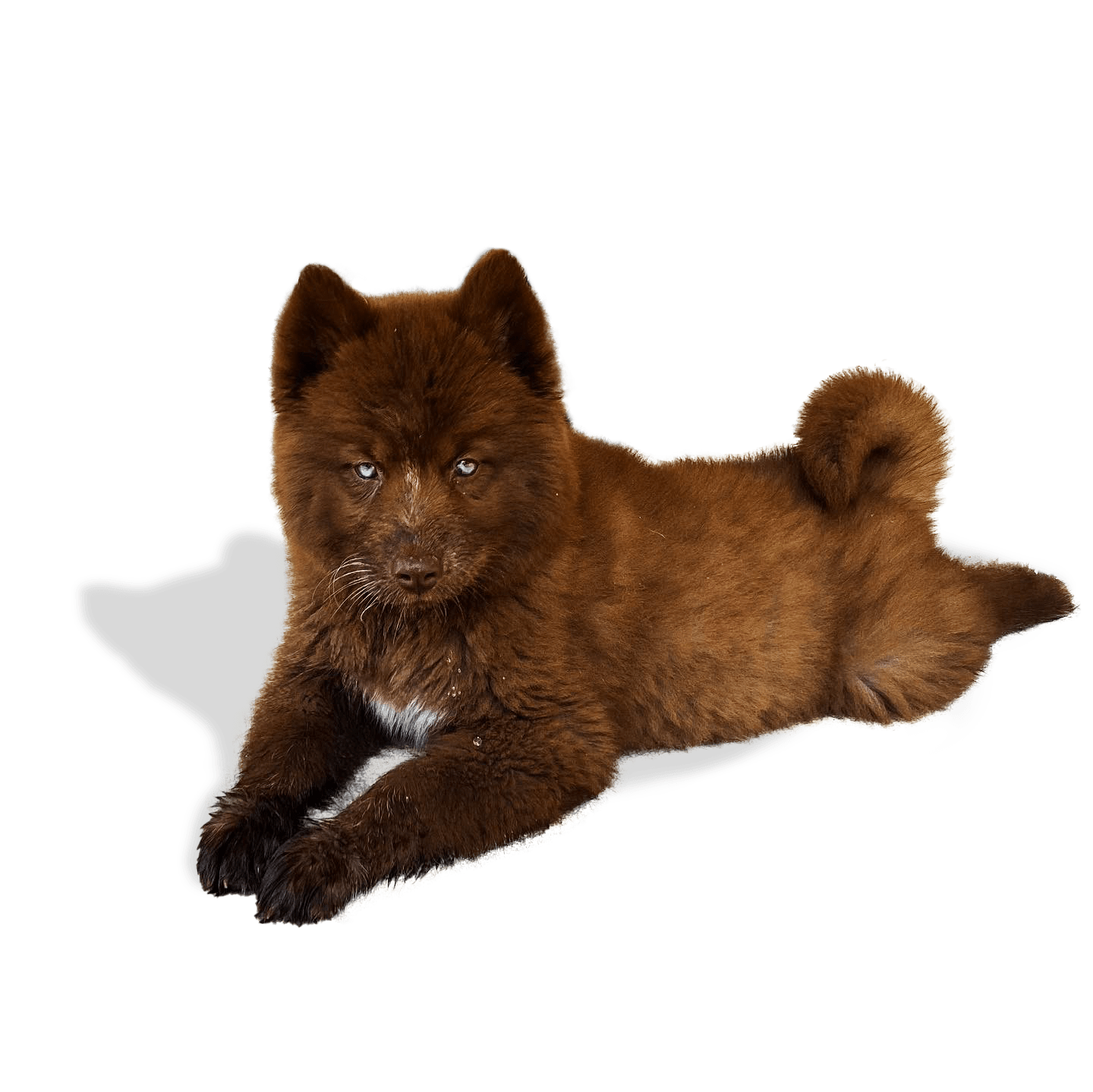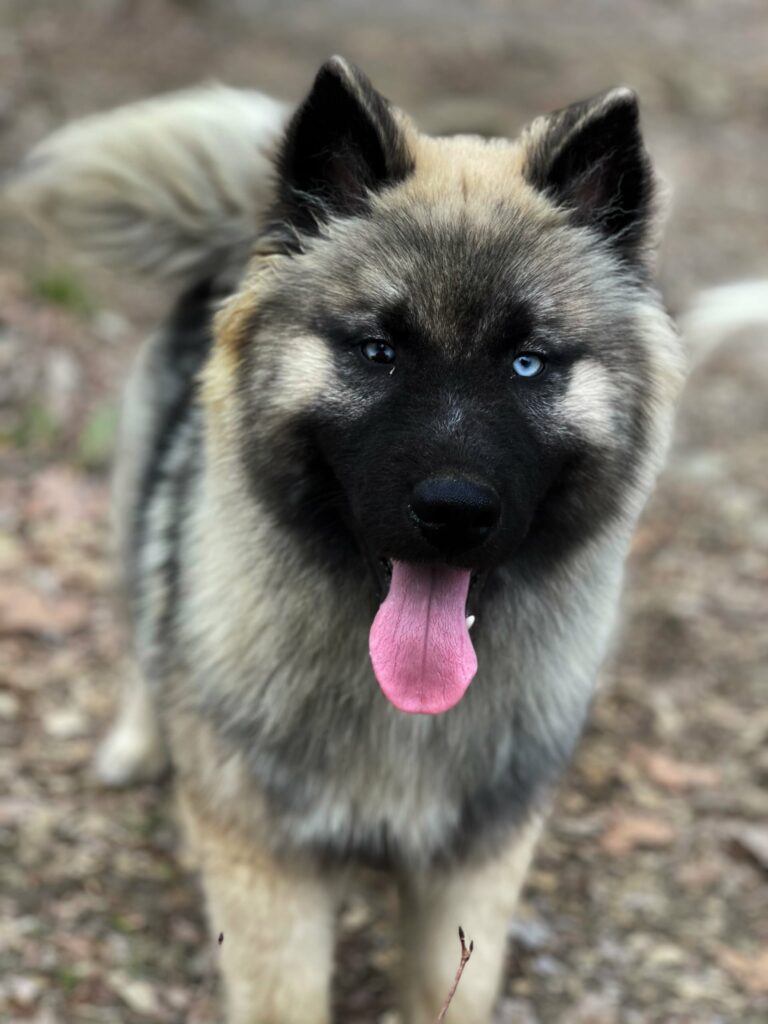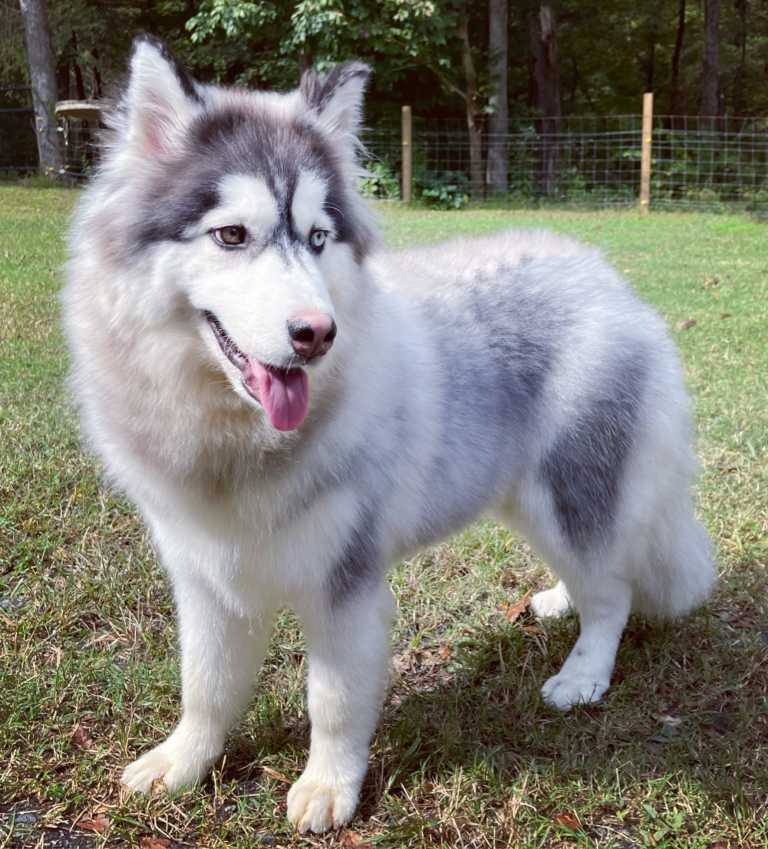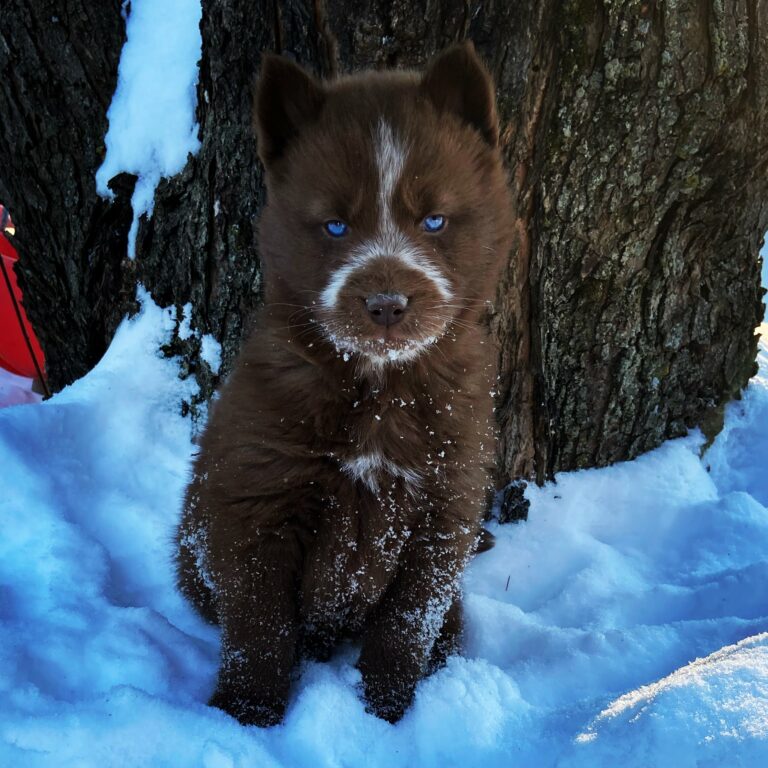Training
A Siberian husky will benefit from early socialization, basic obedience training, and learning good manners. For those owners who want to work their dogs in harness, training for this requires hours of dedication and patience; however, running long distances or pulling any weight is not recommended until the age of 2 when they are fully developed. There are several good books available on training for the trail that provide advice and information on getting started or you can reach out to a trainer who has experience working with a working dog that meets what you are wanting to do. The best approach is to make all training exercises fun for both dog and handler, this does include treats. Siberians are very social, and regularly need the company of their people or other dogs; they are not suited to being left alone all day without interaction or proper exercise. Most importantly, Siberians have an overwhelming desire to run, and they should be on a leash or in a securely fenced-in area at all times. Siberian huskies are very stubborn dogs and require a large amount of patience when working with them. Always stay consistent in your commands and stay firm or once they take control you will not be able to get it back very easily.
Energy Level
Siberians are active, athletic dogs who need a lot of exercises. They are a working breed and happiest when they have a function to perform. Regular exercise is important both physically and mentally, and doing activities together strengthens the bond between dog and owner. Siberians were bred to run and will do so at every opportunity; it is vital to keep the dog on a leash, in harness, or in a fenced yard at all times or with. There are several AKC-sponsored activities that can be enjoyed by dog and owners rally, agility, and obedience are a few but are the ones that we recommend. A busy and active Siberian is a happy and healthy Siberian. This breed is also very adaptable, and for those who live in a more urban setting, daily walks or doggie play groups can provide great exercise. We recommend an average of 1 to 3 hours daily of exercise or stimulation to keep them healthy and content, this can include chews, snuffle mats, walks, kong toys, etc.
Grooming
Siberian Huskies are considered a ‘natural’ breed. They are remarkably self-cleaning and often need only a few baths a year. We recommend seeking professional grooming every 4 to 6 months during their coat blow to make sure to get out all of the existing coat, keep them mat-free, and fresh. Weekly brushings help keep the coat and skin in good condition. Siberians have a double coat, an undercoat, and guard hair. The undercoat is shed twice a year, and it is important to continually rake out the old coat, using an undercoat rake is what we recommend the most. Pay close attention to the length of the nails, and keep them trimmed to prevent any foot problems. We recommend trimming nails every 4 to 6 weeks or as needed.
Diet & Nutrition
All of our adults and puppies are fed Purina Pro Plan Sport 30/20 All Life Stages. Feeding high-quality, balanced, and AAFCO food is essential to make sure to provide the best for your new fur friend. Feeding high-quality dog food is essential for the Siberian’s healthy skin and coat. Adjustments in the level of protein in the food are required for the working Siberian, based on the level of activity. In the summer months, a lower protein level may be appropriate, around 20 percent, while a dog working in a harness in wintertime may need 32 percent protein. Monitor each individual Siberian, and adjust the amount and type of food as required. Be careful not to overfeed. Monitor the weight of each dog, and be selective about supplements. If you have concerns about the weight of your Siberian husky or the food, always consult your veterinarian. Under no circumstances, unless recommended by your veterinarian should you feed a grain-free food as it can lead to the development of cardiomyopathy.
